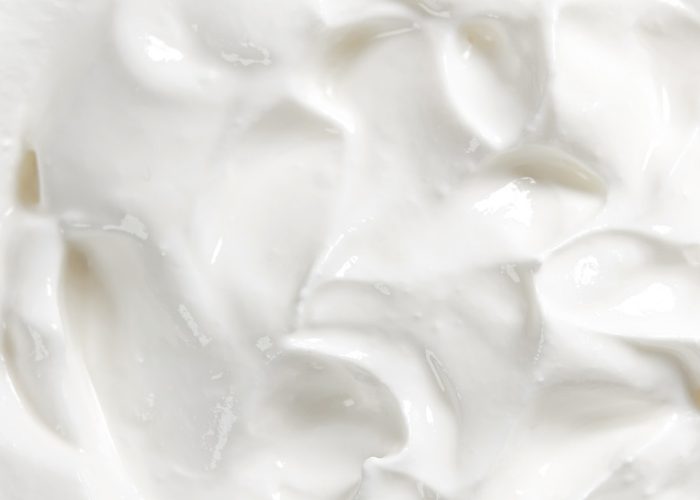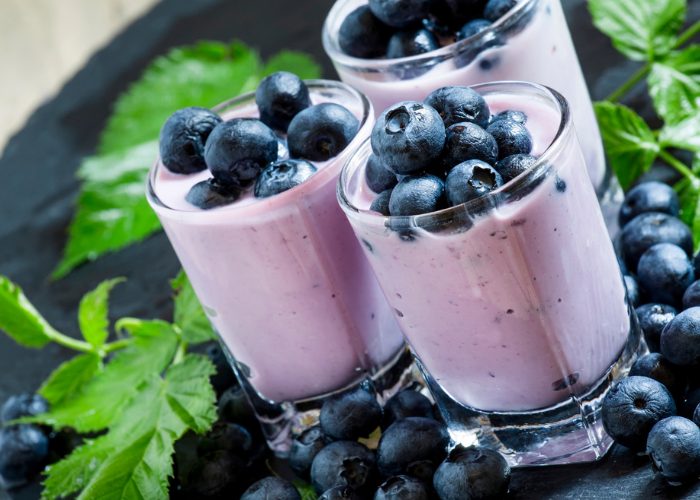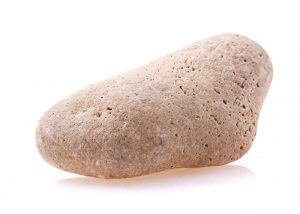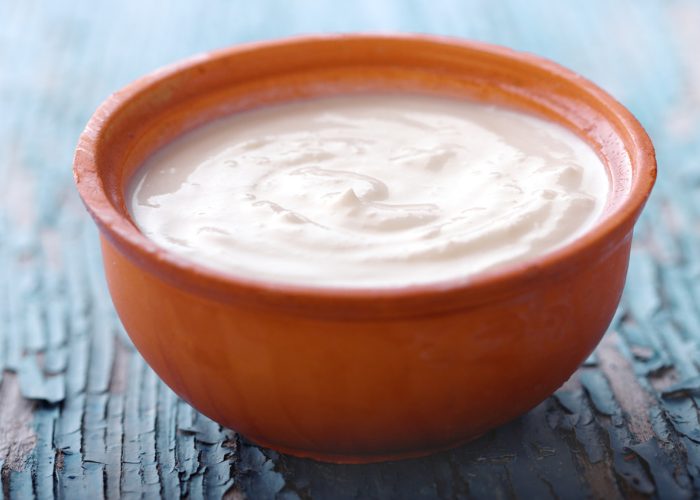Want to try something completely new in the kitchen? If the answer is yes, making some homemade
Homemade Yogurt vs Store-Bought: Which is Better?
First of all, let’s talk about why you may want to make homemade
The cost factor

When you’re on a budget, every bit of money that you can save really does help. The smartest way you can save money is to cut back your spending in small, sustainable ways. For instance, you should try to spend less on your weekly grocery bill or wherever else possible.
National statistics show that the average cost of
When you first start looking at homemade
Quality of the yogurt

One of the biggest benefits you get when you make homemade
Of course, being vigilant when it comes to reading labels is one way to ensure that you know what you’re eating. However, whipping up a batch of homemade
Customization and taste

Do you have a penchant for berries? Maybe you’re a huge fan of Greek
Experimenting with different
Ethical issues

Let’s face it, when you buy
There’s just one major drawback – many of these planet-friendly and ethical brands come with a high price tag. Learning how to make
Is Yogurt Good for You? Check Out These 5 Surprising Benefits
Eating a deliciously rich and creamy yogurt in the morning feels so right that it must be wrong. Right? Actually,
1. It’s packed with probiotics

Probiotic-rich food is a hot topic right now, not least thanks to the new awareness surrounding gut health. These live bacteria and yeasts are often present in mainstream and homemade
But wait, what do probiotics do for your body and why does it matter? Well, one of the main advantages of eating foods rich in probiotics is that it could support your gut health. The main theory here is that consuming external bacteria, such as the ones found in probiotic
Do you suffer from a leaky gut? Probiotics are one of the best ways to tame the symptoms of this uncofortable condition.
2. It’s protein-rich

Packing six grams of protein per 100g, yogurt is one of the best ways you can get the protein you need in your diet.[6] There are, of course, a great many reasons that you need to ensure that you boost your protein intake. For one thing, research shows that eating foods that are rich in the stuff means that you will stay fuller for longer.[7] That, in turn, could help you to curb excessive eating and means that you can maintain a healthy weight.
Aside from that, protein-rich food (such as certain types of
3. It could improve your cholesterol

Sometimes,
Research suggests that consuming dairy and whole milk products, such as homemade
4. It could boost your immune system

Your immune system is the term given to the network of cells, tissues, organs, and the substances that support your body’s
Experts believe
5. It is super nutrient-rich too!

Boasting a whole load of calcium, vitamin B12, magnesium, and potassium, one of the biggest benefits of
What’s more, it could lead to a whole range of health benefits. For example, boosting your vitamin B12 intake could protect your body against the threat of heart disease.[14] Since this health condition is responsible for one in four deaths in America every year, doing what you can to avoid it is the smartest thing you can do in terms of wellness.[15] It doesn’t take much to make changes to your diet and you could find that it’s a huge help.
Common Myths About Making Your Own

Ready to learn how to make
Myth #1: It’s expensive
One of the major myths when it comes to how to make

Myth #2: It’s time-consuming
If you’re wondering how to make
Myth #3: It’s difficult
Don’t panic if you’re not a pro in the kitchen. You don’t have to be a trained dessert chef to make your own
How to Make Homemade Yogurt
For a super simple homemade
Choosing the right “starter yogurt”

You might be wondering why you need
Of course, when it comes to choosing the
Choosing the right milk

While it’s true that you can use reduced-fat milk to make
The yogurt making process

In a moment, we will look at some specific homemade
Next, you put the mixture into a sealed container and then put it in a warm (around 110°F), dry place for some hours. When it’s set, you simply need to move the
What Equipment Will You Need?
Now that you’ve got the basics down, you might be wondering what items you need to help you make your homemade
Yogurt Maker

When learning how to make
However, these gadgets are often costly and something of an investment. Unless you’re going to make homemade
Pressure Cooker

Pressure cookers are super handy gadgets and, if you happen to already have one, you can actually use it to make some homemade
Important!
If you do decide to use a pressure cooker, you should be certain to clean it well first. While that may seem like an obvious tip, it is vital to the production process. You don’t want anything interfering with the bacteria. You should use some boiling hot water to clean the pressure cooker before using it.
Pot with a Lid

If you don’t want to use a maker,
Weight (or Rock)

Should you decide to use a pot with a lid rather than a
3 Easy-Peasy Homemade Yogurt Recipes
Got some time to spare? Making some homemade
For now, let’s go over three of the most basic recipes you can use. It goes without saying that you can customize these to suit your tastes and the ingredients you prefer. However, for now, just focus on getting the main steps right. Let’s take a look at three easy-peasy homemade
1. Instant Pot Yogurt

Do you have a pressure cooker at home? If so, making some instant pot
Prep Time: 2 hours | Set Time: 8 hours | Serves: 6 | Calories per serving: 295 kcal
Tools/Equipment: Pressure cooker with a ‘yogurt’ feature and whisk
Ingredients
- 8 cups whole milk
- 1 tbsp yogurt (with live cultures)
Directions
- Pour all of the milk into the pressure cooker. Put the lid on top and then press the ‘
yogurt’ feature or function. Leave the milk to boil for around an hour. - When the first part of this cycle is complete, you should hear a beep. Of course, the system will vary depending on the brand. Take the inner pot out of the pressure cooker and set it on the side. Leave to cool for around an hour again.
- If there is a skin on top of the milk when it cools, you should take the chance to remove it now. Then, you should whisk the live culture
yogurt into the milk itself. - Next, you should put the pot back in the pressure cooker and press the ‘
yogurt’ feature or function once again. Leave for eight hours. - Take the
yogurt out of the slow cooker and put it into containers. You should store it in the fridge for no longer than two weeks.
Double-up your batch!
One of the best things about learning how to make
2. Coconut Yogurt
If you’ve got a sweet tooth, you are certain to fall head over heels in love with this next homemade
yogurt recipe.
Believe it or not, making a coconut
Prep Time: 30 mins | Set Time: 8 hours | Cool Time: 4 hours
Serves: 4 | Calories per serving: 92 kcal
Equipment: Large pot, large spoon, dutch oven, weight, thermometer, whisk, and four sealable containers
Ingredients
- 2 cups coconut milk
- 1 tbsp yogurt (with live cultures)
- 1 tbsp honey
Directions
- Put the coconut milk in the large pot and put it on medium heat. Bring the liquid to 180°F (you can check it with the thermometer!). Leave for 10 minutes and then turn off the heat.
- Add the honey to the milk and then mix well. Not only will this step add a richness to the
flavor of theyogurt , but it also gives the bacteria something to feed on. - Pour the milk and honey mixture into the Dutch oven and put it in a switched off oven. If the lid looks at all loose, use the weight to keep it down.
- Leave for around an hour then check the temperature of the liquid. When it is at around 100°F, take the Dutch oven out of the oven.
- Add the
yogurt to the milk and whisk. You need to ensure that the two elements combine well enough before moving onto the next step. - Cover the Dutch oven once again and put it back in the oven for around seven hours or until it sets.
- Take the set homemade
yogurt out of the Dutch oven and divide it into the four containers. Put them in the fridge to cool for four hours or more, if possible. - When serving, drizzle the honey on top.
Make it extra special!
This homemade coconut
3. Greek Yogurt

As irresistible as it is creamy, there’s nothing quite like digging into a delicious homemade Greek yogurt. One of the defining features of this particular dessert is the fact that it is so thick and rich. A quick trick to get that result is to use some gelatin in the
Prep Time: 30 mins | Set Time: 8 hours | Cool Time: 4 hours
Serves: 4 | Calories per serving: 111 kcal
Tools/Equipment: Large pot, large spoon, dutch oven, weight, thermometer, whisk, and four sealable containers
Ingredients
- 2 cups whole pasteurized milk
- 1/2 tbsp Greek yogurt
- 1 small gelatin sheet
Directions
- Put the milk in a large pot and heat to 180°F. Keep the milk warm for around 5-10 minutes and then take it off the heat. Leave it on the side to cool for around 20 minutes or until it hits the 110°F mark. You can check it with the thermometer.
- While the milk is cooling down, take the gelatin sheet and soak it in cold water for around 5-10 minutes (or until soft!). Remove it from the water.
- Add the Greek
yogurt to the milk and whisk until it combines. Next, break up the gelatin strip and add it to the mixture. Stir well until the gelatin is completely dissolved. - Put the entire mixture into a Dutch oven and then place it in a switched off oven for around seven hours or until it sets.
- Remove the Dutch oven. Divide the mixture into the four sealable containers and put them in the fridge. Leave for around four hours before serving.
Add some extra flavor
When you’ve mastered the basic homemade Greek
Expert Serving Tips

When you learn how to make
- Add some granola. If you’re eating your own batch for breakfast, you might want to add something to give it a little crunch. Some tasty granola is the answer. Not only will this add a new texture to the dish, but it also means that you get some added nutrients in there too.
- Top with fresh fruit. Vitamins are a massively important part of a balanced diet. Why not add some fresh fruit to make it healthier than ever? Blueberries are an ideal superfood, for example, as they boast both antioxidants and vitamins.[17] Consider what
flavors you love the most and tailor your homemadeyogurt to suit you. You could also add some homemade jam, like this DIY black currant jam. - Mix in some nuts. Nuts are an excellent source of protein, which is one of the many essential nutrients your body needs. They are also rich in healthy fats and can help you to feel fuller for longer.[18] With that in mind, adding them to your homemade
yogurt could be something of a genius idea. You can experiment with different types of nuts. From walnuts to toasted almonds, there’s a broad variety of healthful treats you can try out there.

Conclusion
What are you waiting for? Now that you’ve read all about making homemade
Start by mastering the three recipes here and then have a little fun customizing your dishes. As soon as you’ve learned the basics, you will have the chance to put your chef’s hat on and make your own recipes from scratch. Before you know it, you will be an absolute pro at making yummy homemade
References
- [1] https://www.statista.com/statistics/466161/us-average-yogurt-price
- [2] https://bmjopen.bmj.com/content/8/8/e021387
- [3] https://www.nhs.uk/conditions/probiotics
- [4] https://www.nhs.uk/conditions/probiotics
- [5] https://www.ncbi.nlm.nih.gov/pmc/articles/PMC4734998/
- [6] https://nutritiondata.self.com/facts/dairy-and-egg-products/106/2
- [7] https://www.ncbi.nlm.nih.gov/pubmed/15466943
- [8] https://www.ncbi.nlm.nih.gov/pubmed/23022602
- [9] https://nutritiondata.self.com/facts/dairy-and-egg-products/106/2
- [10] https://www.ncbi.nlm.nih.gov/pmc/articles/PMC4006120
- [11] https://www.cancer.gov/publications/dictionaries/cancer-terms/def/immune-system
- [12] https://www.ncbi.nlm.nih.gov/pubmed/21901706
- [13] https://nutritiondata.self.com/facts/dairy-and-egg-products/106/2
- [14] https://www.ncbi.nlm.nih.gov/pubmed/12791609
- [15] https://www.cdc.gov/heartdisease/facts.htm
- [16] http://www.floridahealth.gov/programs-and-services/childrens-health/child-care-food-program/nutrition/_documents/reduced-fat-milk.pdf
- [17] https://www.ncbi.nlm.nih.gov/pmc/articles/PMC3274736
- [18] https://www.ncbi.nlm.nih.gov/pmc/articles/PMC3257681








